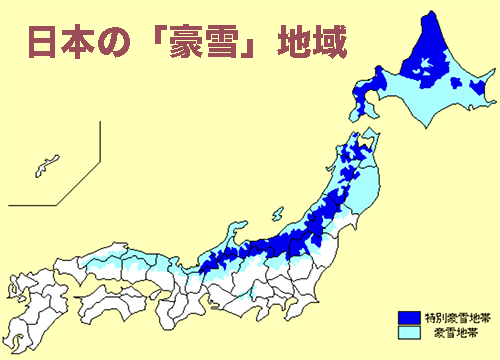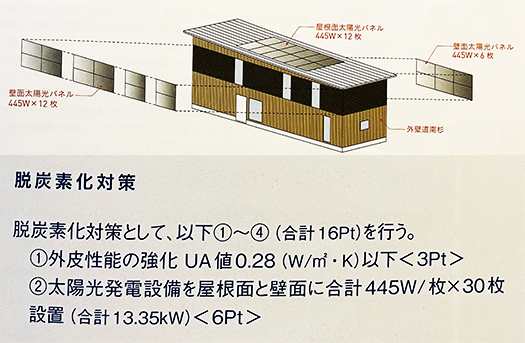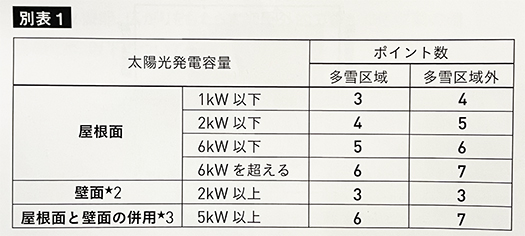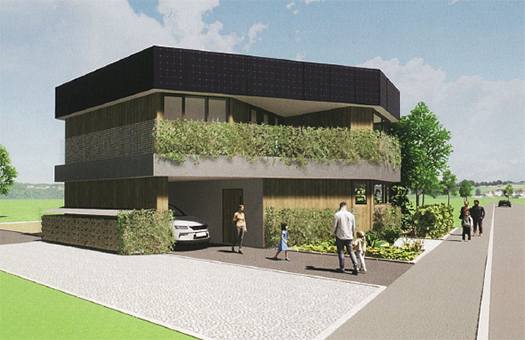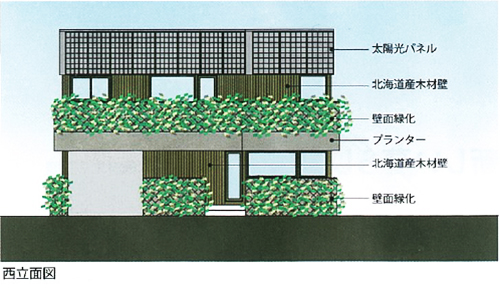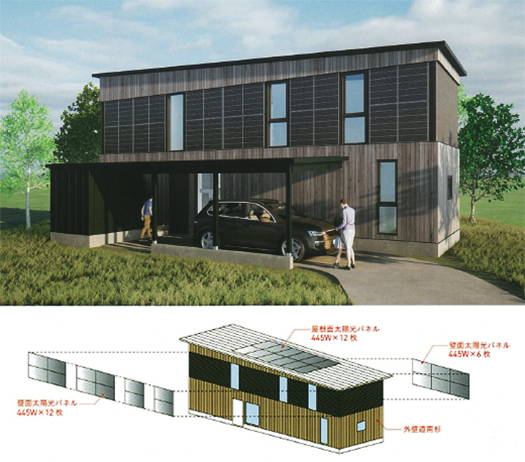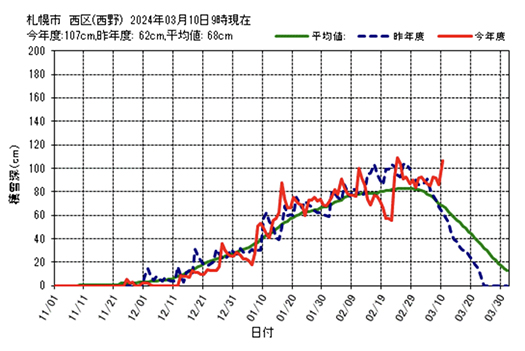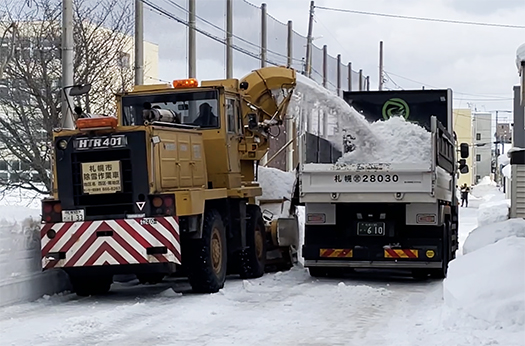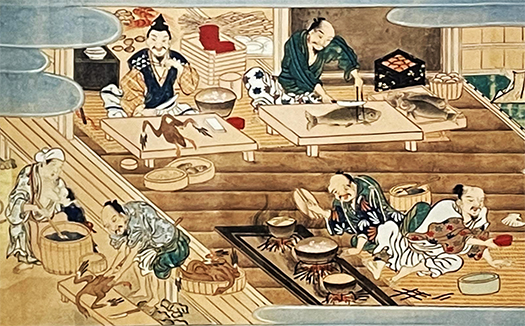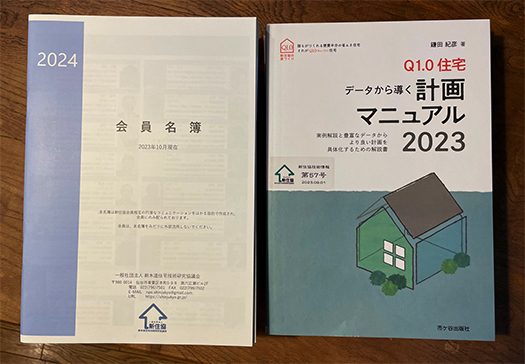
わたしの立場の変更更新があってこれまでのReplan誌編集発行の(株)札促社からは退職して、いまわたしは「ミキ住宅ジャーナル」という社会的商号・個人会社で活動しております。
そういうことなのですが、北海道建設部から依頼された役割もある。また建築専門誌などでコラム執筆などの依頼もあったりしているところ。必然的にこれまでの情報ネットワークとの継続性は必要になっている。そんなことから北海道内の工務店グループなどには別個で入会申請しておりました。あんまりレアケースではあるのですが、実際の高性能住宅建築の実際に触れられる体験蓄積は今後ともきわめて重要。
そういったなかで新住協<一般社団法人 新木造住宅技術研究協議会>へは先月仙台事務所に鎌田紀彦先生を訪問させていただきました。先生には多忙な日程の中、飛行機の大幅時間遅れなどがあって約束時間に遅れ仙台空港から大急ぎで帰ってこられて無事面談させていただいた。
面談していろいろな情報を伺っていて、やはり今後とも今後ともこういう情報ネットワークは必要不可欠と判断して、新設の個人会社として入会を申し入れたところ、あまり先例はないのですが配慮していただいて「市民会員」という立場での入会を承認いただきました。所属支部としては札幌支部ということ。
で、昨日、たくさんの「資料類」をお送りいただいた次第。個人としては「断捨離」にとり組んでいるのですが、たいへんありがたく収受させていただいた。「三木さんはメディアの立場で、本や資料を制作する立場だったので、読むことはあんまりなかったでしょうから・・・」という心遣いか(笑)。
しかしそれにしても、総重量7-8kgほど段ボールに資料類。製本されたもので13冊。その他、分厚い印刷物が数十点同封されてきたのであります。
これまでとは立場が変わって、これまでの発信側から基本的には受信側というようになった。逆に言うと、受け止める側の立場になって気付ける部分もあるなぁと思い至っておりました。
やはり「蓄積」感がこういう書籍文献からは感じられる。ある特定テーマに対して、繰り返し、見る側として「いつでもどこでも」能動的に受容することができる、というメリット。人間の知識欲求にはたしかにこういう側面が大きいでしょうね。文献の書き手といつでも対話できる。
いまさらながら、しみじみと気付かされています。
English version⬇
Registration as an “individual member” of Shinjyukyo has been completed.
There are some things you can notice when you change from the position of “book creator” to “information receiver”. Is it the feeling of being “fully immersed” in a certain area? I am…
Due to a change in my position and renewal, I have resigned from Replan magazine’s editorial publishing company, Fudoshusha Corporation, and am now working under the social trade name and private company, Miki Jutaku Journal.
That is how it is, but I also have a role requested by the Hokkaido Construction Department. I have also been asked to write columns for architectural magazines and other publications. Inevitably, we need to maintain continuity with our existing information network. For this reason, we have applied for membership in a separate group of construction companies in Hokkaido. Although this is a very rare case, it will continue to be extremely important for us to accumulate hands-on experience of actual high-performance housing construction.
In this context, we visited Mr. Norihiko Kamata at the Sendai office of Shinjukyo (Japan Association for New Wooden Housing Technology) last month. He had a busy schedule, and due to a long delay in his flight, he was late for his appointment and returned from Sendai airport in a great hurry, but we were able to meet with him without incident.
After hearing various information during the meeting, I decided that this kind of information network would be indispensable in the future as well, so I applied for membership as a newly established private company. The branch to which I belong is the Sapporo Branch.
Yesterday, they sent me a lot of materials. I have been working on “decluttering” as an individual, and I was very grateful to receive them. I guess they were sent to me because “Mr. Miki was in the media, producing books and materials, so he probably didn’t have much time to read them…” (laugh).
But even so, the total weight of the materials weighed 7-8 kg in cardboard boxes. There were 13 bound books. In addition, dozens of thick printed materials were enclosed.
The position of the company has changed from that of a sender to that of a receiver. Conversely, I have come to realize that there are some things I can notice now that I am on the receiving end.
I can feel a sense of “accumulation” from these books and documents. The merit of this is that we, as the viewer, can actively accept a certain theme repeatedly, anytime, anywhere. This is certainly an important aspect of the human desire for knowledge. We can interact with the writer of the literature at any time.
I am now deeply aware of this.
Posted on 3月 17th, 2024 by 三木 奎吾
Filed under: 住宅マーケティング | No Comments »


